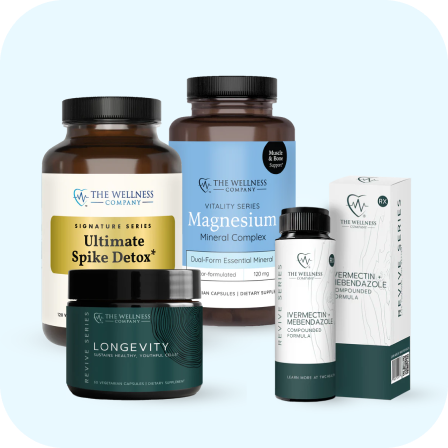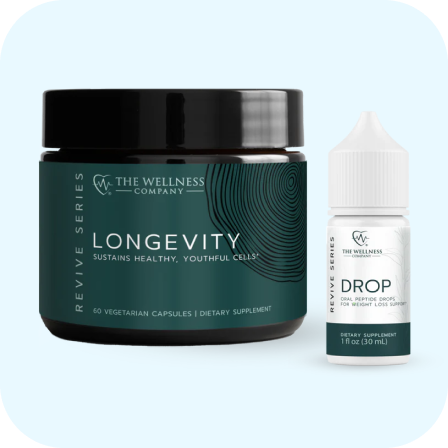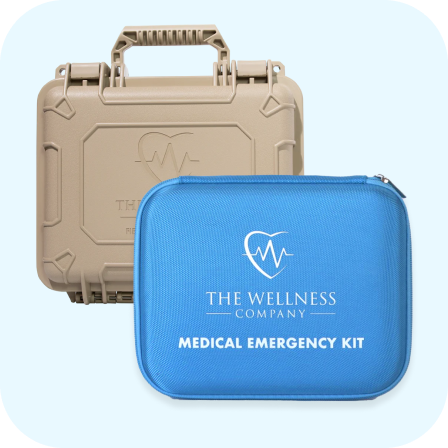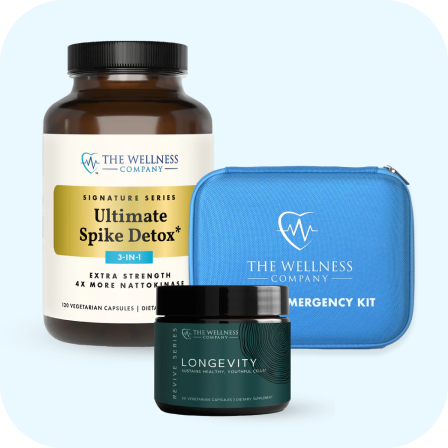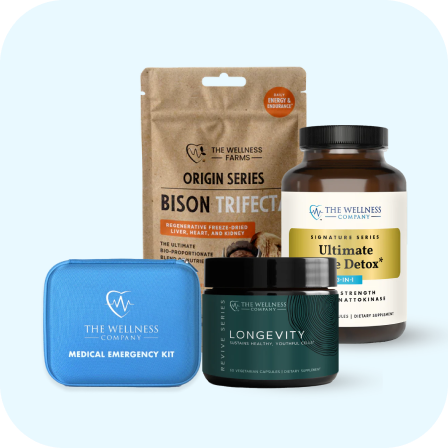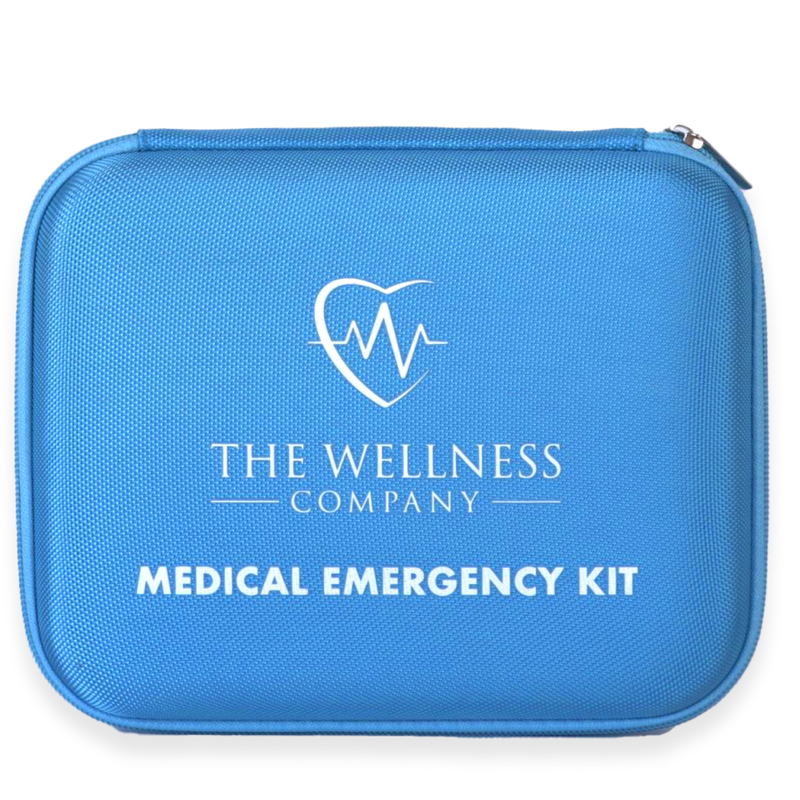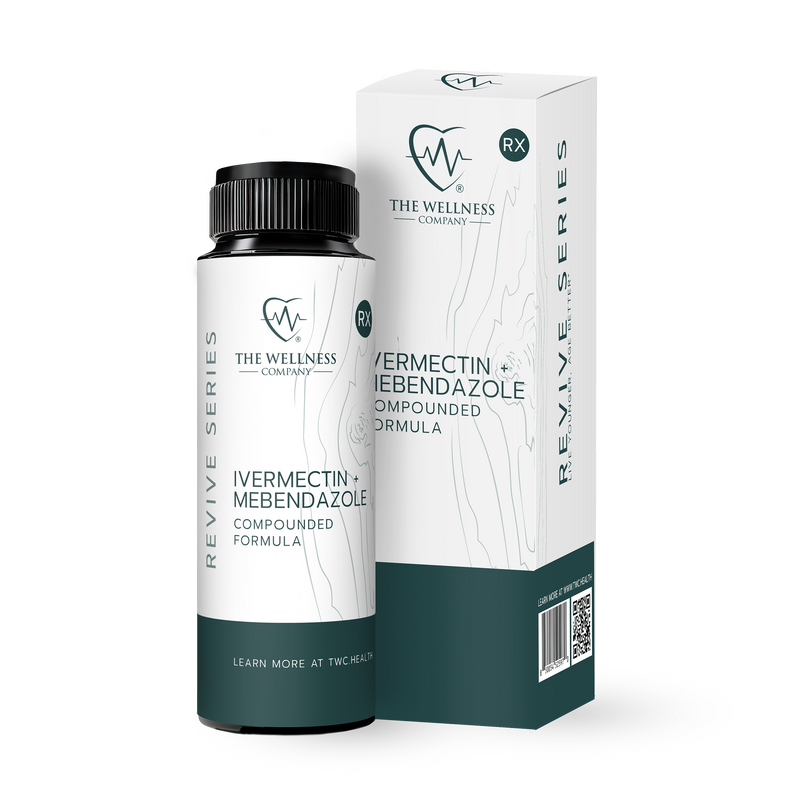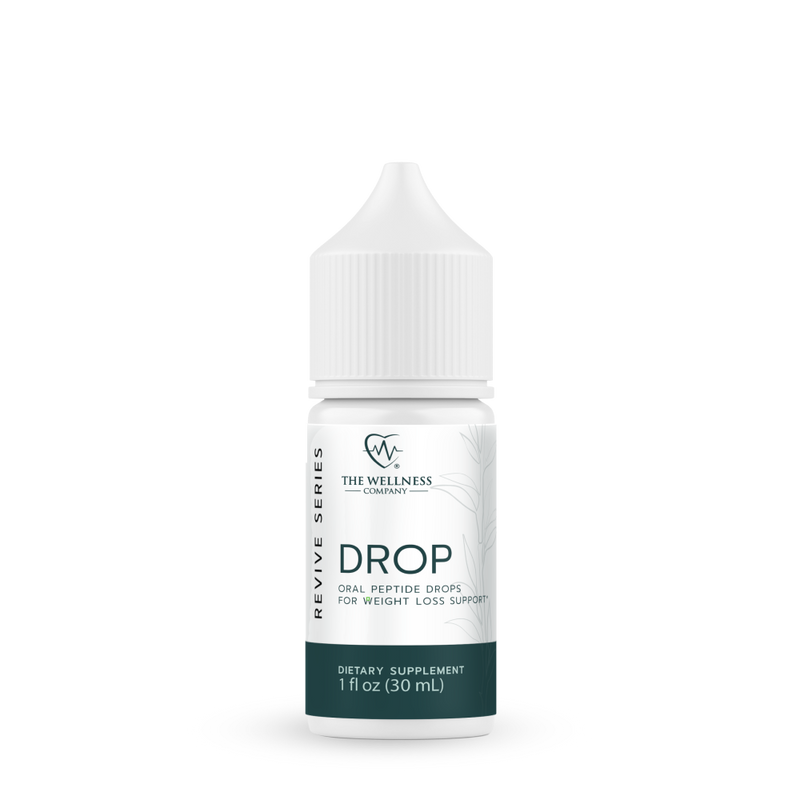How Health Headlines Lie With Statistics: Understanding Relative Risk

We humans are adept at many things, but assessing risk is not one of them.
Most of us get behind the wheel of our cars, for example, without a second thought. Yet despite the fact that our lifetime odds of dying in a car crash are almost one in 100, our pulse barely flickers. Meanwhile, we break out in a cold sweat at the thought of boarding an airplane, despite the odds of a crash being about one in 11 million.
While we're hardly wired to accurately appraise risk in any domain, it can seem particularly hopeless when it comes to health and wellness. In our age of click-bait marketing and media bias, navigating today’s barrage of conflicting health headlines can leave us confused, anxious, and unsure of what’s true and who to trust.
All too often, the nuances within the numbers of health-related studies are ignored in favor of whatever sensationalized interpretation will generate clicks.
The question is, what tools do you need to decode the health headlines which populate your newsfeed?
The answer partly lies in a cardinal sin that lurks behind many dramatic media headlines: the conflation of relative and absolute risk. Today, we’ll equip you with the knowledge to recognize this tactic, enabling you to cut through the noise and make more rational, informed decisions about your health.
What's in a Risk?
Risk is all about probability. Absolute risk is simply the probability (or chance) that an event will happen. If you flip a coin, you’ve got a 50% chance that it will land in heads. Simple, right?
Relative risk, on the other hand, compares the probability of an outcome in two different groups. Smokers, for example, are 25 times more likely to develop lung cancer than non-smokers. Expressed as a percentage, that’s a 2500% greater relative risk.
Both relative and absolute risk are useful, but they can often tell strikingly different, and sometimes misleading stories. To explain what I mean by that, let’s look at a real-life example.
Does Hormone Replacement Therapy Cause Breast Cancer?
In 2002, the Women's Health Initiative (WHI) published their findings on the effects of hormone replacement therapy (HRT) on postmenopausal women. When the results came out, they sparked widespread fear and panic. The media reported that women on HRT had a 24% increased risk of breast cancer compared to those not on the therapy. That number sounds alarming, doesn't it? Many women, because of this study, stopped taking HRT, and were once again subject to the harsh symptoms of menopause, such as hot flashes, night sweats, and a loss of muscle and bone density.
But let’s dig a little deeper. How did they come up with that 24% number in the first place? When you break it down, out of 1000 women receiving HRT for a year, there were five cases of breast cancer, compared to four cases per thousand women not receiving HRT. The one additional case per 1000 people per year accounted for the "24% increased risk" punchline. When framed in absolute, rather than relative risk, the increase was less than 0.08%.
Only with an understanding of the absolute numbers can we appreciate the context of a relative risk. Only with this context in mind can we make an informed personal decision in light of the risks, rewards, and other costs involved.
A Hypothetical Case Study
To make this point even more concrete, let's go through a hypothetical example. Imagine you’re scrolling your Facebook newsfeed and come across a headline claiming that eating an egg every day doubles your risk of some terrifying medical condition. Rather than reflexively throwing out all the eggs in your fridge, here’s a step-by-step guide to evaluating this claim.
First, you note that the language "doubles your risk" connotes a comparison between two groups. This means the headline is referring to a relative risk. Next, you ask the question: what was the initial absolute risk of the terrifying medical condition in the first place? This can usually be looked up easily on google. Let’s say, for argument’s sake, that the absolute risk of the condition was one in a million. If eating an egg a day doubled the risk, that means that in absolute terms, your risk increased from one in a million to two in a million.
This is obviously still an incredibly small absolute risk. But when reported as a “doubling,” or as a “100% increase,” I have no doubt it could scare a lot of people out of eating eggs.
The Takeaway
Healthcare decisions, both big and small, require a nuanced appreciation of risk. None of us are naturally wired for statistical analysis, but that doesn't mean we can't train ourselves to ask the right questions and think a bit more critically.
Remember, statistics aren’t just numbers. They're tools to help us navigate our way towards healthier choices and better outcomes. Next time you read a scary health headline, pause, ponder, and look beyond the relative risk. Your health decisions deserve the full story, not just the catchy headline.
Video: Another example of the difference between absolute and relative risk
References
[1] https://injuryfacts.nsc.org/all-injuries/preventable-death-overview/odds-of-dying/
[2] https://www.zendrive.com/data-studies/2017-distracted-driving-study
[3] Rossouw, J. E., Anderson, G. L., Prentice, R. L., LaCroix, A. Z., Kooperberg, C., Stefanick, M. L., ... & Writing Group for the Women's Health Initiative Investigators. (2002). Risks and benefits of estrogen plus progestin in healthy postmenopausal women: principal results From the Women's Health Initiative randomized controlled trial. Jama, 288(3), 321-333.







